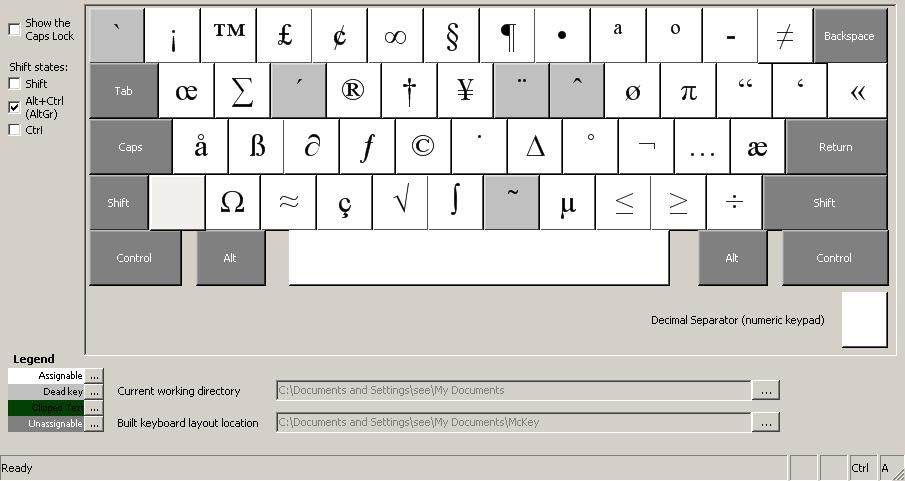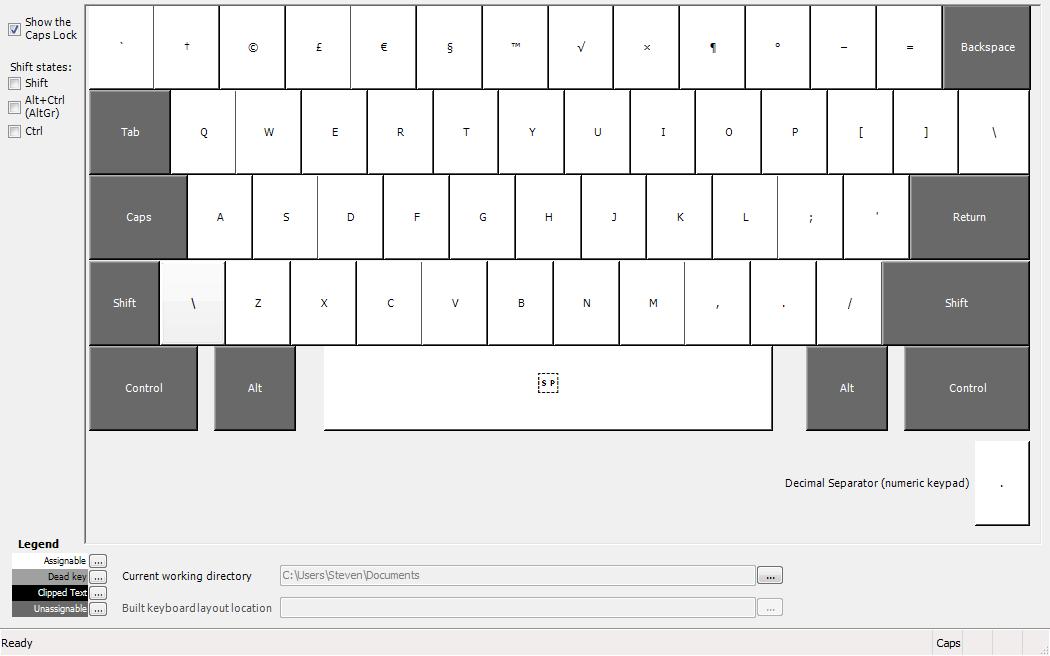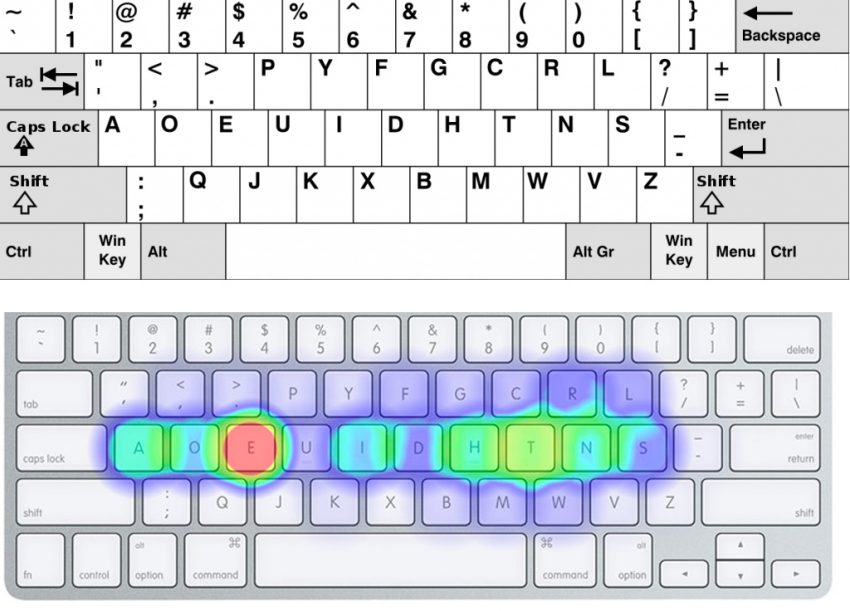
You can buy Bengali keyboard stickers instead. You most likely can't easily buy a laptop/desktop keyboard with this layout. Used in Bangladesh and India. This layout is available through Windows keyboard settings. You can also buy Belgian keyboard stickers. You can buy a laptop/desktop keyboard with this layout.

Frequently misidentified with French layout, which is similar. You can buy Azeri keyboard stickers instead. Used in Azerbaijan. This layout is available through Windows keyboard settings. You can buy Armenian keyboard stickers instead. Used in Armenia. This layout is available through Windows keyboard settings.

You can also buy Arabic keyboard stickers. Used in Arabic-speaking countries: Egypt, Saudi Arabia, Iraq, Kuwait, Bahrain, United Arab Emirates, Qatar, Oman, Yemen, etc. You can buy a laptop/desktop keyboard with this layout. You can also buy UK British English keyboard stickers. Can also be found on Malta, Gibraltar and former British colonies. You can buy a laptop/desktop keyboard with this layout. Used in the England, Ireland, Northern Ireland, Scotland and Wales. You can also buy US International keyboard stickers. You can buy a laptop/desktop keyboard with this layout. Can be easily misidentified as US English layout. It has an identical symbol set as US English but with additional Euro symbol and Alt Gr key instead of Alt. You can also buy US English keyboard stickers. Has horizontal, rectangular enter key. You can buy a laptop/desktop keyboard with this layout. Used in the US, Canada, Australia, Puerto Rico, Guam, Philippines, Malaysia, Singapore, India, Hong Kong, New Zealand, and many other countries. What Layout Is My Keyboard? US English keyboard layout
#ALTERNATE KEYBOARD LAYOUT HOW TO#
How to physically switch layouts or to have a multilingual keyboard?.Spanish (Latin America) Keyboard Layout.US English International Keyboard Layout.Having the skill to type above 75 WPM can save you a lot of unwanted time spent working. I’ve always found it useful to be able to see what I’m typing on the screen. This forced me to instead type relying on only my muscle memory. With Workman, I couldn’t look down at my keyboard for reference since the keys were in the wrong locations. Many people look at the keyboard when they type, which wastes time, energy, and is generally very slow. Whether you decide to learn an alternate layout or not, I would highly suggest learning how to touch type if you don’t know how to do so already.


The optimized layout can help with typing speed and better posture, but alternate layouts have a steep learning curve. If you type frequently, whether it be for school or for work or just in general, I would consider picking up Workman. As a programmer, I find the inverted top row very useful. There is little reliance on the middle column, which avoids far jumps and awkward hand positioning. It prioritizes the home row and places the most commonly used keys under the strongest fingers. The four shortcut keys (Z, X, C, V) are still in accessible locations. There are a number of alternate layouts, the most popular of which include Dvorak, Colemak, and my favorite, Workman. Even though the layout was essentially designed to make typists type slower, it is still used around the world. So why do we still use it? Simply put, QWERTY was and is the standard. His solution was to place commonly used letter pairings apart from each other, such as “ST”, reducing the speed at which people typed, and his layout stuck. Because of this, the QWERTY layout was designed by Christopher Latham Sholes. If the keys were pressed in rapid succession, the metal arms holding the keys would jam. When the typewriter was first introduced in the 1800’s, the keys were positioned in alphabetical order, which led to some issues. This is the standard layout, and every keyboard I’ve ever come across was designed like this. The first six letters in the top left are positioned as Q, W, E, R, T, Y.


 0 kommentar(er)
0 kommentar(er)
